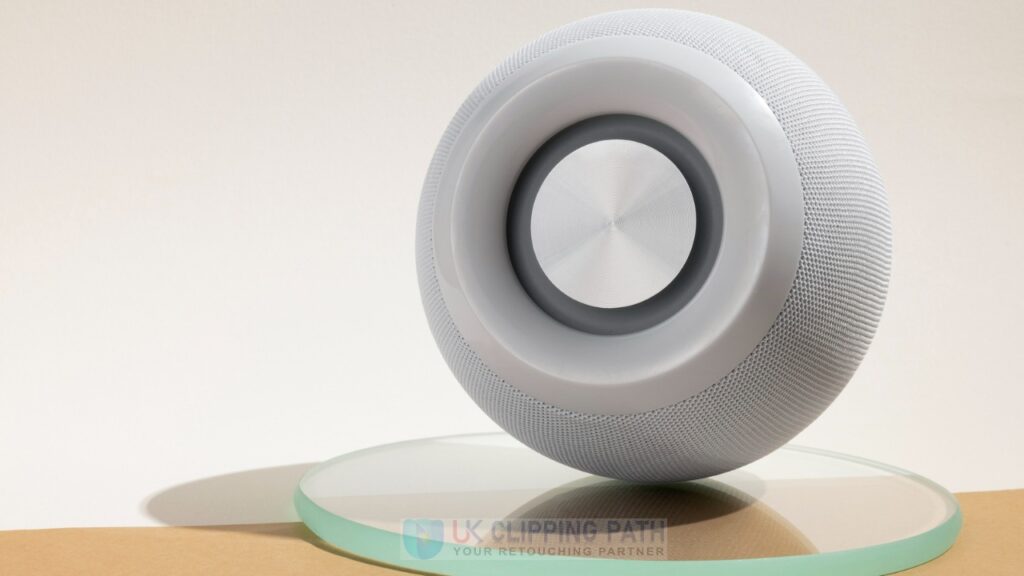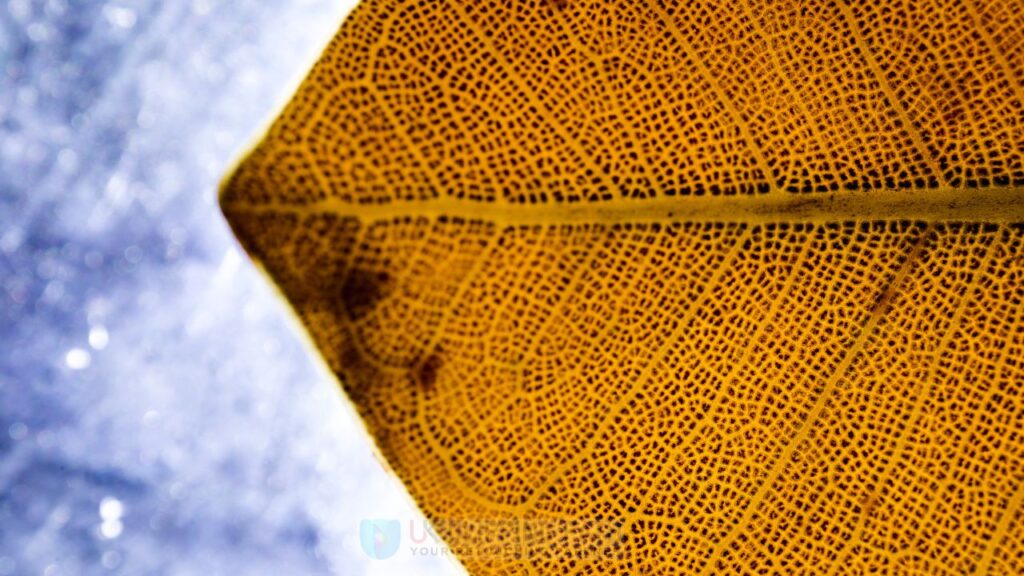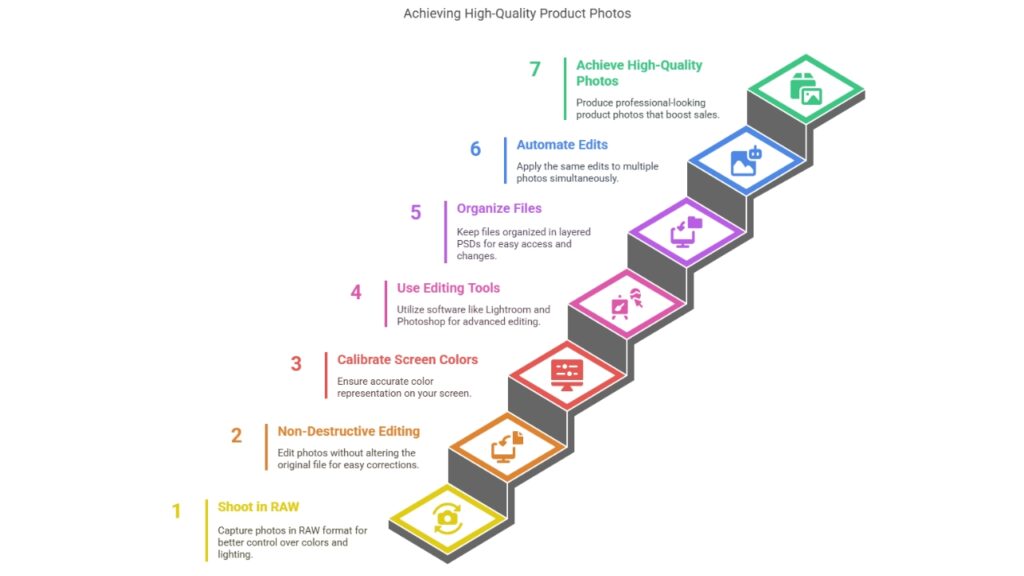For a digital e-commerce store, the product images are the 1st thing someone sees. The Images literally set the first impression. In E Commerce Digital Marketing first impression sets the pace of the business. It can drive a sale or break a sale.
In an online store, buyers can’t touch or try on a product. Shoppers totally depend on the product image to decide if they wanna add it to their cart. But the problem with most brands is that they don’t really know how to keep a consistent product line. The product image does not match, as a result, their store catalogue looks messy.

Another problem with such brands is staying updated with the latest trends. Ecommerce product photo editing trends like AI-enhanced photography and 360 product photography make a brand stand out from the rest. Backdated product images set a bad example for the brand. Image optimization strategies play a huge role in brand trust and brand image. Staying up to date with the latest trend is more than about looking good. It’s about building trust with your audience.
In this blog, we’ll talk about what’s trending and what’s not. Keep reading till the end to find out what works and what doesn’t.
Why Product Photo Editing Trends Matters in Ecommerce
Great product photos do more than look nice. They help shoppers to make decisions faster and drive more sales. More than 75% of online shoppers rely on product photos when they buy anything. This means your visuals can directly impact your sales.
Clear, high-resolution images avoid confusion. Buyers get what they asked for. This leads to fewer returns. A well-edited photo also builds brand credibility. When all your images look clean and professional, your store looks more trustworthy.
Editing also helps create conversion-driving visuals. You can adjust the lighting and remove messy backgrounds. You can also highlight key features to make the photo stand out from the rest. For example, ghost mannequin service lets you show clothing naturally, without a model. It will also keep the product catalogue clean and consistent.
With strong visuals, you can tell your product’s story and build a strong brand image. And smart editing can make every image count. This will help you turn clicks into sales.
Trend 1: AI-Powered Editing & Automation
AI is changing how your product photos are going to be edited. It will make the process faster, easier, and more accurate. One big trend is AI product photo editing. Tools like Omnic Clipper use AI to remove backgrounds and create clean clipping paths. This saves time and gives every photo a sharp, polished look.
Another smart feature is multipath editing. You can change the colors of different parts of a product without affecting the whole image with its help. For example, you can brighten the fabric of a shirt and keep the shadows natural. It helps products look real and attractive.
Batch AI editing is also popular now. It means you can edit many photos at once using the same settings. This keeps your store’s photos looking the same and speeds up your work.
With automated photo workflows, brands can now handle big image libraries without stress. You don’t need to edit each photo by hand. AI takes care of the small stuff, so you can focus on selling.
Trend 2: 360° & 3D Product Photography

360 product photography lets customers see every angle of a product. Instead of one flat photo, it shows the full view. This is done by taking many photos in a circle around the item. These are called single-row images. For more detail, multi-row photography adds shots from top and bottom angles too.
This kind of photo gives people a better shopping experience. They can spin the product around and look closely at every side. These interactive product images help shoppers see everything before they make a purchase. This gives the shopper more confidence as they know exactly what to expect.
For example, a 360° view of a sneaker shows everything from the sole to the stitching. It’s much better than just a front view. This lowers return rates because people know exactly what they’re getting.
Some stores also use 3D modeling. This lets users zoom in, rotate, and clearly see items in detail. This works best for electronics, furniture, and fashion.
360° photos and 3D visuals can help your buyers take a closer look at your product images. This makes a big difference in improving audience engagement. They also help reduce doubts and boost your store’s quality.
Trend 3: Cinemagraphs & Motion Visuals
Cinemagraphs are a mix of photos and videos. They look like still photos, but one part of the image moves in a smooth, endless loop. This motion helps the image stand out without being distracting.
In cinemagraphic ecommerce, these visuals help products stand out. For example, a photo of lipstick can show a soft shimmer to highlight its gloss. A dress photo can show the fabric gently flowing. These small touches grab attention and keep shoppers looking longer.
Motion product imagery is useful for beauty, fashion, and even tech products for great website design. It shows how things look in action. This builds trust and interest. It also helps people imagine using the product in real life.
Brands use dynamic product visuals on homepages, social media, and product pages. These moving images often lead to higher clicks and more sales.
You don’t need a full video team to make them. Many photo editing tools now include simple motion features. Start with just one product and test the results. If people click and stay longer, try using cinemagraphs for more items. They’re a smart way to bring your photos to life.
Trend 4: Image SEO & Web Performance
Good product photos must look great and load fast. That’s where image optimization comes in. It helps your site stay quick and your photos stay clear. Slow websites lose shoppers. That’s why many brands now use fast-loading product images in formats like WebP. These files are smaller but still high-quality.
Also, use responsive images. These adjust to different screen sizes, like phones, tablets, or desktops. You can also add lazy loading, so images only load when someone scrolls to them. This helps your website run faster and smoother.
Now let’s talk about ecommerce image SEO. Search engines can’t see your photos, but they can read the text in them. Always add alt-text that clearly describes the image. Use simple, keyword-rich file names, like black-leather-jacket.jpg instead of IMG1234.jpg.
Also, include image metadata. This helps increase your visual search visibility. The better your image SEO, the easier it is for people to find your products.
Trend 5: Hyper-Realistic Textures & Macro Shots

Macro product photography shows products up close. This helps the buyer see every small detail clearly. It helps shoppers see the texture and tiny details that regular photos miss. This is very useful in industries like jewelry and textiles, where detail matters.
For example, a close-up of a diamond ring can show its shine and cut. A fabric zoom-in can show the stitching. These photos make the product feel real and high-quality.
To get good results, always use high-resolution product images by retouching. They stay sharp even when zoomed in. Adjust the lighting and contrast to bring out the texture detail. Make sure everything looks natural and realistic.
Close-up shots help customers trust your product. When people know what they’re buying, they feel better about the purchase. Adding macro shots to your product page can help you stand out and increase sales.
Trend 6: Personalized & AI-Generated Contextual Imagery
Shoppers want to see products in real-life settings. Personalized product photos help make that happen. With new AI tools, you can now create custom scenes without a photoshoot. This means showing a sofa in a cozy living room or a backpack in a school setting, without ever setting up a studio.
AI-generated backgrounds let you match the product with the right mood or season. You can show the same product in summer, winter, or even on a beach. It’s fast and cost-effective.
Researchers like Czapp et al. have made big steps in dynamic image generation. These tools can create hundreds of product images at once, all with different styles and scenes. You save time and get more variety.
This trend works great for ads, social media, and A/B testing. Show your product in the right place, and people are more likely to connect with it and buy it.
Implementation Tips & Tools
To get the best results from your product photos, start with a good setup. Always shoot in RAW format. This gives you more control over colors, shadows, and lighting.
Use non-destructive editing. This means editing without changing the original file. It helps you fix mistakes easily. Make sure to calibrate your screen colors so your product looks the same in real life.

For editing, most people use tools like Lightroom and Photoshop because they are the best. You can use clipping path software to remove backgrounds cleanly. Photoshop also helps with masking and color correction. If you want faster edits, try an AI background remover tool. It works best if you have a lot of products, as it saves a lot of time.
Keep your files organized. Save work as layered PSDs so you can go back and make changes. Use batch edit automation to apply the same edits to multiple photos at once.
With the right tools and a bit of organization, editing becomes simple and smooth. You get high-quality images, faster results, and better product pages. They also help boost your sales.
Conclusion
Ecommerce is changing fast, and your product photos need to keep up. Trends like AI editing, 360° views, and cinematic visuals make your brand stand out from the rest. Image SEO, personalized images, and sustainable styles are leading the way for e-commerce businesses. Start by checking your current photos. Pick one Ecommerce product photo editing trend and try it this month.
Need help? Our ecommerce photo editing service is ready to make your images stand out. Let us do the editing, so you can focus on selling.


